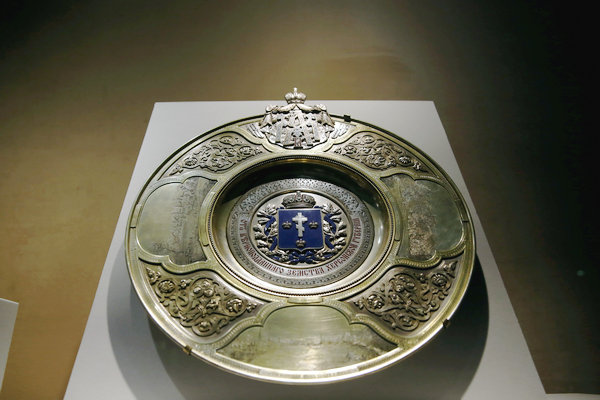 |
|
[Photo provided to China Daily] |
The display has four parts: Gifts of Czars with 10 Easter eggs; Majestic Decorative Arts focusing on exquisite jewelry and ornaments; Everyday Opulence showing artistic taste in daily-use articles and the Power of Faith; which has religion-related items made of precious materials.
The Easter eggs displayed in the middle of the hall are the focus of visitor attention.
From 1885, czars Alexander III and Nicholas II commissioned Faberge to make Easter eggs as gifts every year. The eggs were typically made using precious metals or semiprecious stones and decorated with enamel and gemstones.
For instance, the Imperial Peter the Great Easter Egg, made by Faberge firm in 1903 to commemorate the 200th anniversary of the founding of St. Petersburg, comprise gold, silver, diamonds, rubies and mammoth ivory.
The Imperial Pelican Easter Egg (1897) is another spectacular exhibit. It can be opened into eight oval frames graduating in size. The frames are rimmed with pearls.